5. Vectors
b. Vector Addition
2. Geometric Construction
Now we consider how to add vectors geometrically. There are two methods:
To add two vectors \(\vec u\) and \(\vec v\) geometrically, place the
tail of the second vector \(\vec v\) at the tip of the first vector
\(\vec u\). The vector sum \(\vec u+\vec v\) is the vector from the
tail of \(\vec u\) to the tip of \(\vec v\).
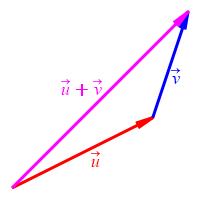
In the diagram, the components of \(\vec u\) are \(u_1\) and \(u_2\) while the components of \(\vec v\) are \(v_1\) and \(v_2\). So the components of the vector from the tail of \(\vec u\) to the tip of \(\vec v\) are \(u_1+v_1\) and \(u_2+v_2\) which agrees with the algebraic definition: \[ \vec u+\vec v=\left\langle u_1+v_1,u_2+v_2\right\rangle \] The same thing works if some components are negative.
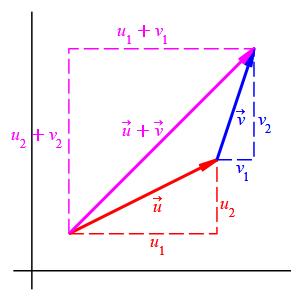
To add two vectors \(\vec u\) and \(\vec v\) geometrically, draw a
parallelogram with sides \(\vec u\) and \(\vec v\) having the same tail.
The vector sum \(\vec u+\vec v\) is the diagonal of the parallelogram
having the same tail.
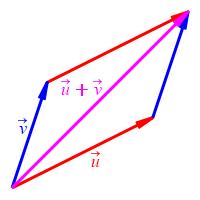
Since a parallelogram has opposite sides which are parallel and equal length, we can identify the remaining two sides as \(\vec v\) and \(\vec u\). Then the lower triangle is the same as the tip-to-tail method. So the diagonal is \(\vec u+\vec v\).
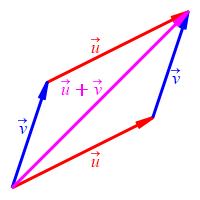
Notice that a combination of the Tip-to-Tail method and the Parallelogram method again shows that vector addition is commutative since the tip-to-tail sum \(\vec u+\vec v\) is the motion along the bottom and right of the parallelogram while \(\vec v+\vec u\) is the motion along the left and top of the parallelogram. In both cases the tail-to-tip sum is the diagonal of the parallelogram, and so are equal: \[\vec v+\vec u=\vec u+\vec v\]
Consider the vectors \(\vec a\) and \(\vec b\) shown at the right. Which of the following is \(\vec a+\vec b\)?
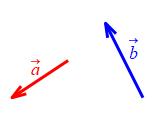
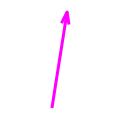
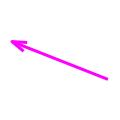
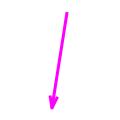
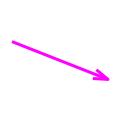
 \(+\)
\(+\)
 \(=\)
\(=\)

This is answer (B).
Heading
Placeholder text: Lorem ipsum Lorem ipsum Lorem ipsum Lorem ipsum Lorem ipsum Lorem ipsum Lorem ipsum Lorem ipsum Lorem ipsum Lorem ipsum Lorem ipsum Lorem ipsum Lorem ipsum Lorem ipsum Lorem ipsum Lorem ipsum Lorem ipsum Lorem ipsum Lorem ipsum Lorem ipsum Lorem ipsum Lorem ipsum Lorem ipsum Lorem ipsum Lorem ipsum